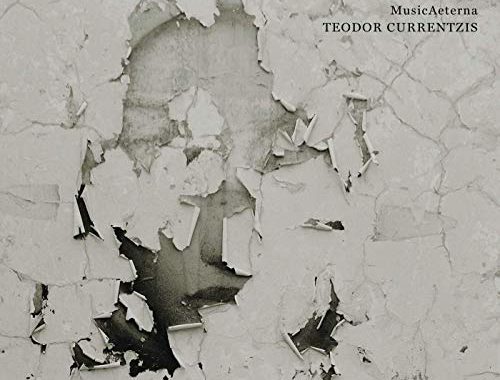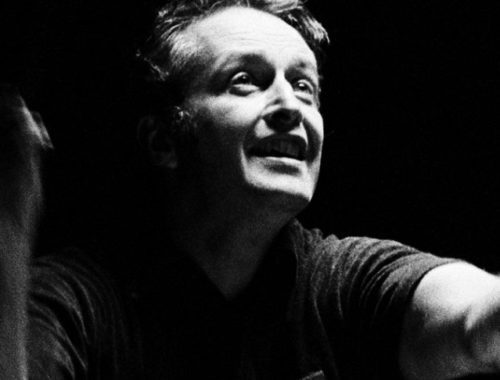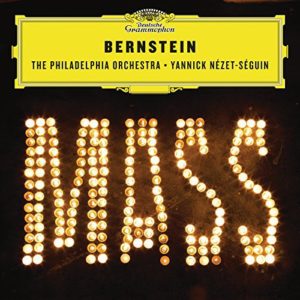GRAMOPHONE Review: Mahler Symphony No. 6 – Minnesota Orchestra/Vanska
 The distinction between objectivity and subjectivity is crucial in Mahler and it doesn’t take long to establish that Vanska’s bias is emphatically towards the former. The opening Allegro energico ma non troppo is very non troppo indeed – a deliberate tread which might have something in common with the likes of Klaus Tennstedt were the colour (darker) and trenchancy (weightier) more in keeping with the “Tragic” spirit of this, the grimmest of Mahler’s symphonies. And that’s where the subjectivity comes in. This music has to sound and feel personal and Vanska is simply too removed from the overwhelming sense that Mahler’s very life was wholly dependent upon this music. The performance lacks empathy.
The distinction between objectivity and subjectivity is crucial in Mahler and it doesn’t take long to establish that Vanska’s bias is emphatically towards the former. The opening Allegro energico ma non troppo is very non troppo indeed – a deliberate tread which might have something in common with the likes of Klaus Tennstedt were the colour (darker) and trenchancy (weightier) more in keeping with the “Tragic” spirit of this, the grimmest of Mahler’s symphonies. And that’s where the subjectivity comes in. This music has to sound and feel personal and Vanska is simply too removed from the overwhelming sense that Mahler’s very life was wholly dependent upon this music. The performance lacks empathy.
Even the rapturous second subject – the so-called “Alma” theme – lacks what one might call spiritual uplift, its thrilling reprise with vaulting horn descant sounding bright and business like but little more. Hardly an utterance of the heart. In short, for all the clarity and brilliance where is the drama, the atmosphere? The departure to higher plains at the still centre of this first movement (mit cowbells) should feel not just remote but other worldly, a momentary out-of-body experience far removed from the relentless march to the abyss. And even Mahler’s moments of thunderous rhetoric short-change us: that mighty appoggiatura in the coda, a moment of crushing dissonance, is swept past with scant regard for the huge ritardando which lends it weight.
Vanska opts for the Andante second – which is a no-no in my book, regardless of all the received wisdom. The distorted mirror image of first movement and scherzo (the original ordering) is an inspired (and harrowing) juxtaposition which no one will ever persuade me wasn’t Mahler’s preferred option. What’s more, Vanska’s coolness sounds and feels like too much of a respite from Mahler’s travails. And even the scherzo, when it finally arrives, is too forensic and under characterised for my taste. One totally gets the notes but not the reasons for them.
Then compare Bernstein (DG) or Tennstedt (his hair-raising live Proms performance) in the cosmic opening paragraph of the finale. There’s a dimension missing beyond Mahler’s orchestral wizardry. And as this tremendous movement forges on, hammer blow after hammer blow, I don’t feel the emotional heat of it, the strenuous and exhausting human endeavour of it – rather I hear a brilliant exposition of the notes from Vanska’s Minnesota Orchestra. Sorry, but this is not Vanska’s music. Tennstedt and Bernstein by contrast leave us completely and utterly spent.
You May Also Like

GRAMOPHONE Review: Mahler Symphony No. 6 – MusicAeterna/Currentzis
02/01/2019
GRAMOPHONE: From Where I Sit – March 2020
25/03/2020

